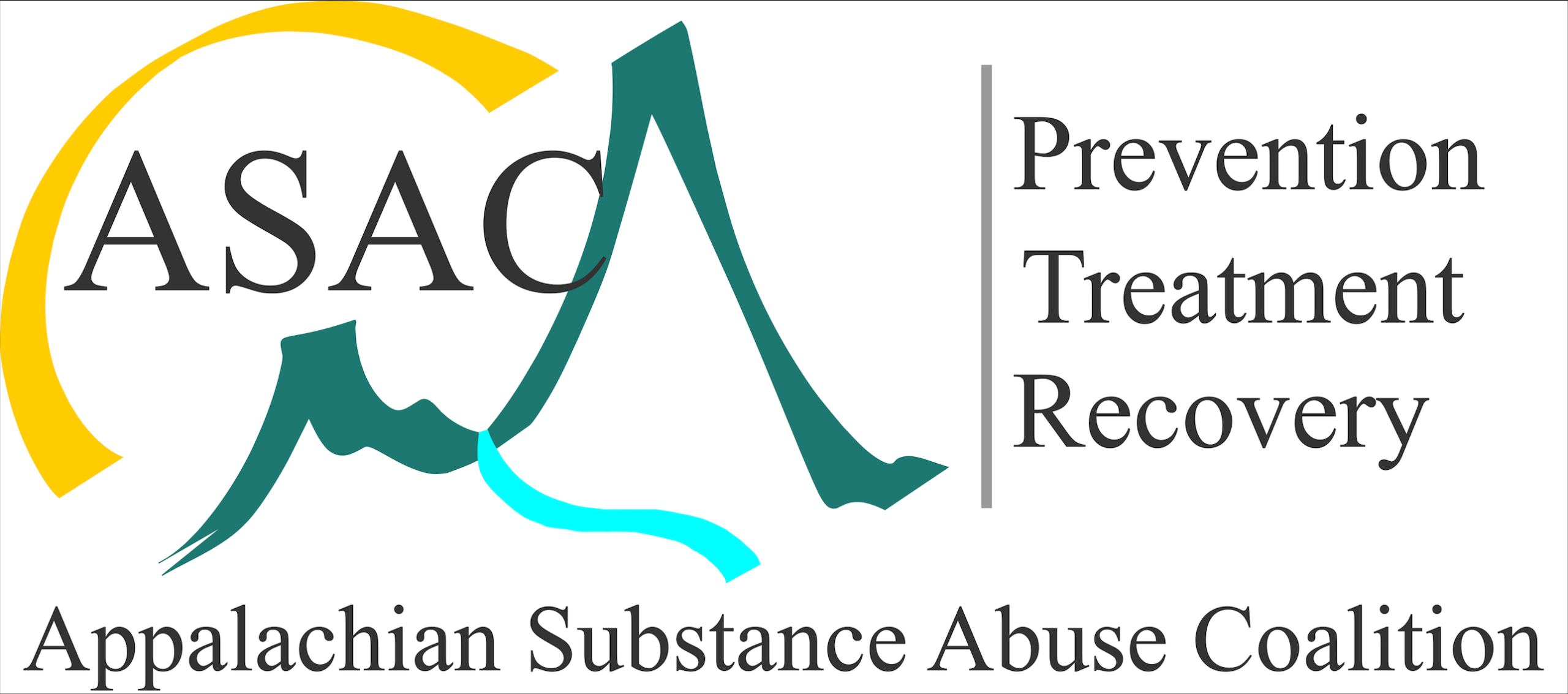
Have you ever experienced withdrawal from opioids that doesn’t seem to end? Even after your physical symptoms are gone, do you still have trouble thinking through brain fog or keeping your moods in check?
If that sounds familiar, you’re probably living with post-acute withdrawal syndrome (PAWS). While the condition itself isn’t life-threatening, the symptoms are a leading cause for a return to use.
In 2023, more than 2,000 people in Virginia died from an opioid overdose. How many of them returned to use due to their withdrawal symptoms?
At ReVIDA® Recovery, we know how important it is for the people of Appalachia to have access to relevant information about the process of recovering from OUD. We want to better inform you when it comes to understanding post-acute withdrawal syndrome (PAWS) in opioid recovery, so we’ll take a look at exactly what it is and how you’ll manage your symptoms.
Table of Contents
What Is PAWS? Understanding the Two Types of Withdrawal
PAWS refers to a series of withdrawal symptoms that continue to occur after the primary withdrawal period. To better understand the condition, it’s essential to differentiate between acute withdrawal and post-acute withdrawal.
Acute Withdrawal: These symptoms occur immediately after you stop taking a substance that you’re physically dependent on. Your body has become accustomed to functioning with your substance of choice as a part of your daily routine, and now it has to readjust. Acute withdrawal causes largely physical symptoms along with psychological side effects and usually lasts a couple of weeks at most.
Post-Acute Withdrawal: These continue after the substance has left your body entirely. During PAWS, your brain has to adjust to functioning without substances and the hormonal changes they cause. These symptoms are primarily psychological and cognitive. The severity of the condition varies widely depending on the individual and their substance use history.
PAWS symptoms are also more sporadic than acute symptoms, which makes their timeline less clear. For some people, PAWS begins immediately after acute symptoms have ended. Others go months or even years without symptoms. PAWS usually come in waves that last for a few days. Over time, these episodes become less frequent and intense.
Post-Acute Withdrawal Syndrome and Its Connection to Opioids
Many different SUDs can cause PAWS, but the condition is common for people in recovery from OUD. As many as 90% of people with OUD are estimated to experience PAWS during recovery, so if you’re experiencing symptoms, you’re not alone. Getting support for this condition is an essential part of recovering from OUD. An effective treatment center should prioritize treating PAWS symptoms to ensure that you have a safe, comfortable, and effective recovery.
What Are the Causes and Risk Factors for Post-Acute Withdrawal Syndrome
PAWS is caused by the brain trying to reverse the changes caused by substance dependence. In the case of OUD, opioids attach themselves to opioid receptors in the brain. Opioids fill the brain with high levels of feel-good chemicals, including dopamine and endorphins. Over time, your brain builds up tolerance, meaning it needs more and more opioids to feel the same effects.
Your body naturally produces these chemicals when you take part in pleasurable activities like eating your favorite foods or hanging out with close friends. But the high tolerance that you develop for them while taking opioids means that the levels that naturally occur in your system feel very low by comparison. These low dopamine and endorphin levels make it difficult for you to relax without opioids in your system. It’s this cycle that contributes to developing an opioid use disorder.
When you are in recovery from an OUD, you’re taking the first step away from that cycle. Depending on your history with opioids, your physical health, and more, the exact time it takes for your brain to adjust can vary. This is why some people will develop post-acute withdrawal syndrome, and also why the timeline of PAWS is so different from person to person. Just like you have good days and bad days, so does your brain. Some days your brain has a harder time managing with the dopamine and endorphins that are available, and that’s when PAWS symptoms occur.
PAWS is a part of the recovery journey, but you don’t have to go through it alone. With the right support, you will learn to identify your symptoms and manage them effectively.

Understanding the Common Signs and Symptoms of PAWS
There are a variety of symptoms associated with PAWS. Recognizing your symptoms for what they are is the first step towards overcoming them. As stated above, the intensity of your symptoms will depend on your personal history with OUD. The longer you take opioids and the larger the quantities, the more likely you are to experience symptoms of this condition. Other factors may also impact how you experience PAWS, like co-occurring mental health conditions.
Common PAWS symptoms include:
- Cravings for opioids
- Difficulty focusing
- Poor memory
- Sleep disturbances, including insomnia and vivid dreams
- Anxiety or depression
- Intense mood swings
- Poor impulse control
- Brain fog or trouble thinking things through
- Irritability, aggression, or hostility
- Sensitivity to stress
- Trouble with fine motor skills
- Low enthusiasm or a general sense of apathy
Many of these symptoms are similar to those associated with major depressive disorder and general anxiety disorder. It’s important to be able to identify these symptoms within the context of opioid recovery because untreated PAWS symptoms can worsen pre-existing mental health conditions. Effective treatments for OUD will help you to manage these symptoms for the long term while also working through the root causes of your OUD.

5 Effective Ways to Manage Your Post-Acute Withdrawal Syndrome During Your Opioid Recovery
- Medication-assisted treatment (MAT): Suboxone treatment and Sublocade treatment both utilize the same active ingredient, known as buprenorphine, to treat OUD. Buprenorphine is a partial opioid agonist, which means that it attaches to opioid receptors the same way another opioid would, but it has a ceiling effect. That means that you won’t feel the same euphoric “high” you experience with recreational opioid use while still stimulating your opioid receptors to help wean you off of opioids. These medications reduce the symptoms of PAWS. They also massively reduce cravings so you can dig into the underlying aspects of your condition.
- Individual therapy: Cognitive behavioral therapy (CBT) is one of the most effective tools for treating the psychological aspects of PAWS. You and your therapist will work together to identify how your symptoms play into your thoughts and feelings. Together, you’ll strategize to find coping mechanisms so you’re prepared to handle your symptoms when they do come up.
- Group therapy: This technique will provide you with the opportunity to connect with other people who are also experiencing PAWS. Mutual support and understanding go a long way. In group therapy, you’ll have a safe space where you can vent about frustrations and celebrate wins with people who understand exactly where you’re coming from because they’ve been there, too. You’ll be able to get tips for managing your symptoms from others who have experience managing their symptoms, and eventually, you’ll pass along your knowledge to others as well.
- Exercise: Physical activity is a very important part of managing PAWS. It will give you a way to release your tension. When you’re feeling anxious or stressed, exercise is a good way to naturally increase your endorphin production, which will aid your brain and body in coping with your symptoms.
- Use relaxation techniques: When you’re in the middle of a PAWS episode, finding ways to stay calm is key. Meditation empowers you to stay calm when you’re experiencing symptoms. Mindfulness techniques also improve your ability to stay calm and focus on staying in the moment. Deep breathing is another tactic that will assist you in keeping your body and brain collected while you work through the feelings brought on by the condition.
Opioid Addiction Treatment in Appalachia
PAWS is part of what makes recovery from OUD complicated. You can experience withdrawal symptoms and cravings months or even years into recovery, which increases the likelihood of returning to use. But you don’t have to manage your symptoms without support.
Opioid addiction treatment via MAT is an extremely effective tool for reducing cravings and empowering you to manage your withdrawal symptoms. With the support of a compassionate MAT clinic team and supplemental treatments like therapy, you’ll have the tools you need to be successful in your recovery. No one expects you to carry the weight of PAWS symptoms on your own.
At ReVIDA® Recovery, we’ll connect you with the resources you need to start a meaningful life in recovery. We’ll connect you with resources for housing, SNAP benefits, paperwork for legal proceedings, and more. We accept commercial insurance as well as Medicaid, ensuring access to treatment throughout Appalachia. Call us today at 423-631-0432 to get additional information about our program offerings.









